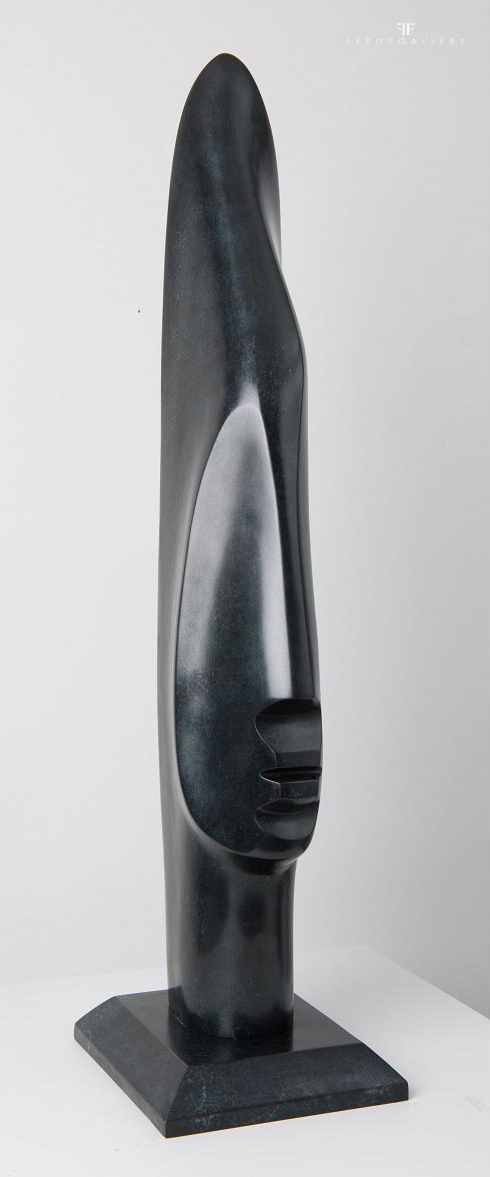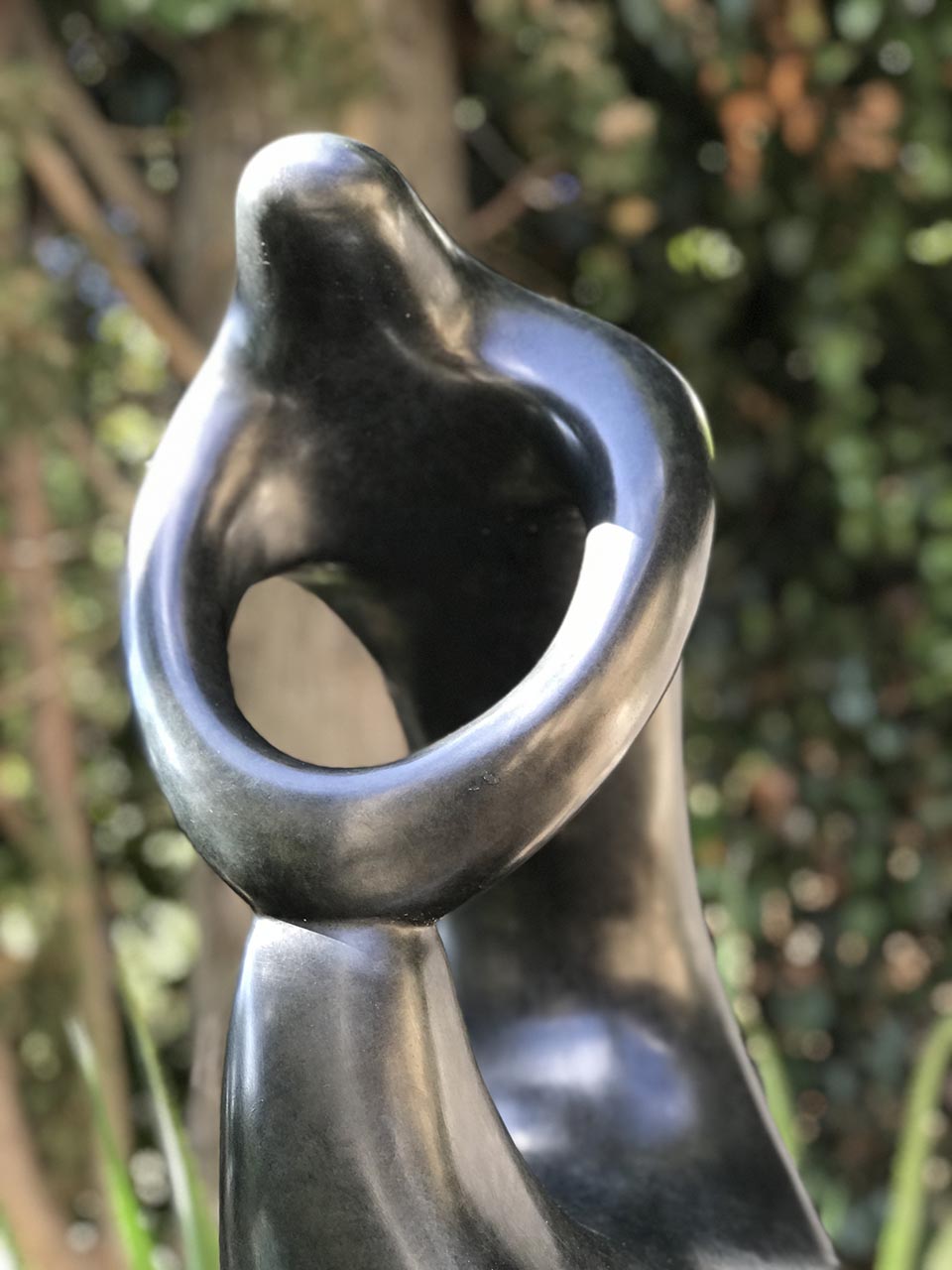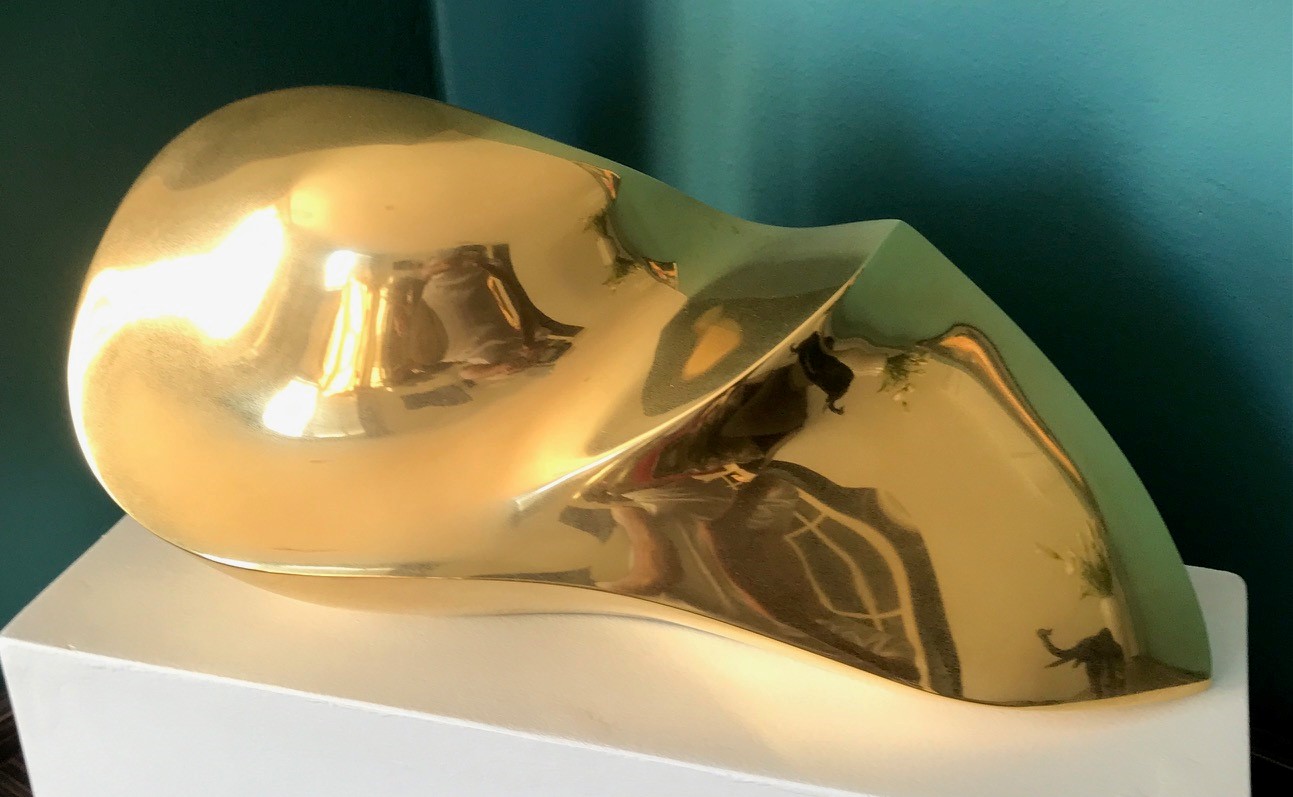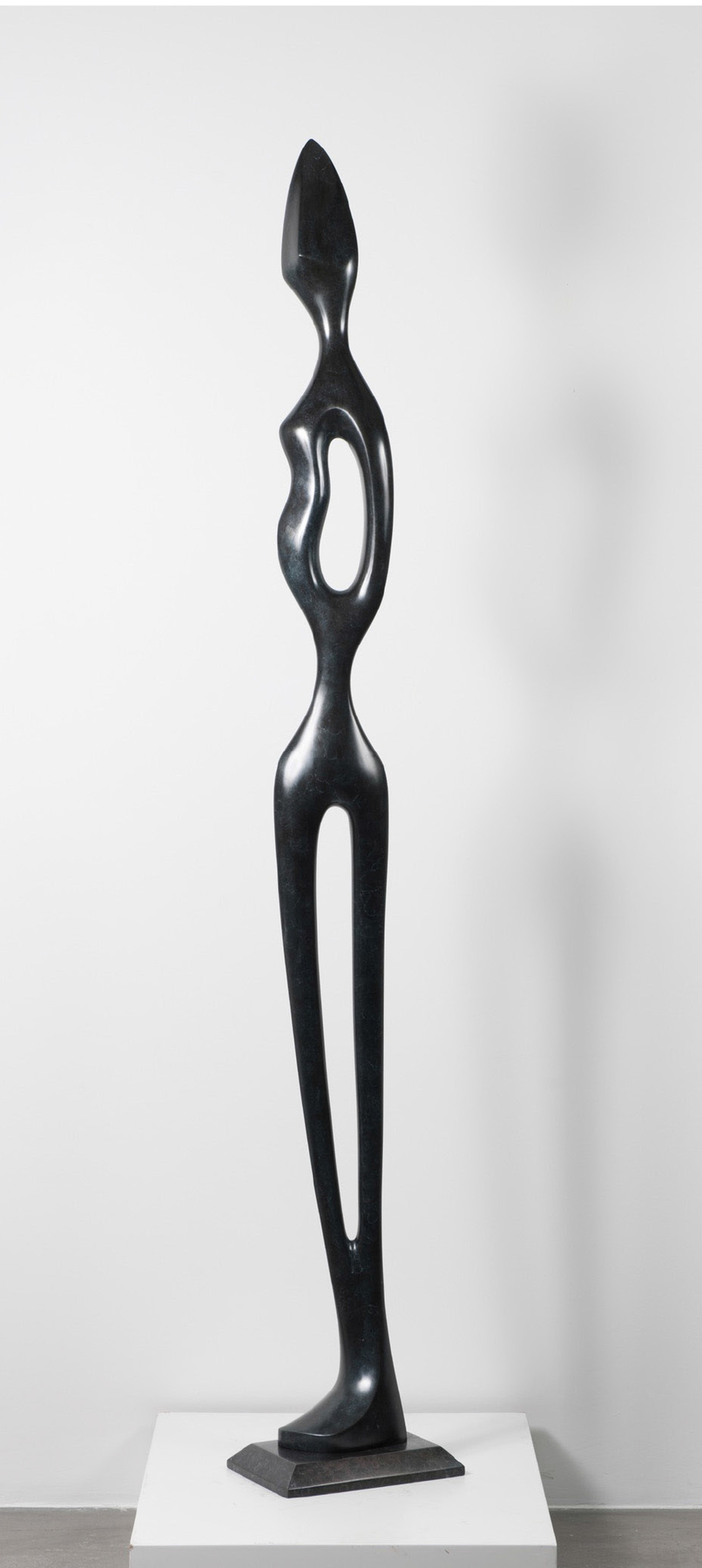Exhibition of Alfred Basbous’ Works at Ferus Gallery
Alfred BASBOUS (1924-2006)
Sculptures
Alfred Basbous was born in 1924 in Rachana, Lebanon, into a family with many artists among its members.
Rachana is a village long known for the quality of its stone craftsmen, and Alfred Basbous initially worked as a stonecutter.
In the shadow of his father, a priest and illustrator of biblical manuscripts, and alongside his brothers, both talented sculptors, the artist honed his skills in sculpture during the Lebanon of the 1950s and 60s.
One must have experienced Lebanon during those years to understand what a famous American art dealer once told me, paraphrasing Talleyrand: “Whoever hasn’t experienced Lebanon in the 50s/60s doesn’t know what it was, just the pleasure of living.” Lebanon at that time was the “Switzerland” of the Middle East, and Beirut was the “Paradise of pleasures and arts.”
In 1960, Alfred Basbous went to Paris to study sculpture at the École nationale supérieure des beaux-arts.
He later won numerous sculpture awards: the “Orient Prize” in 1963 in Beirut (Lebanon) and the Biennale Prize of Alexandria (Egypt) in 1974. That same year, he participated in the Lebanese exhibition in Tokyo, which was a huge success, attracting 500,000 visitors, with six of Basbous’ sculptures being sold within moments.
Alfred Basbous‘ sculpture is primarily figurative, often celebrating the female form, though occasionally incorporating more abstract constructions.
His work reflects Phoenician and Greek influences, as well as contemporary European sculptors such as Auguste Rodin, Jean Arp, and Henry Moore, whom he met in 1971 and with whom he formed a friendship.
Present in all the major collections of the region, Alfred Basbous is now recognized as the foremost modern sculptor in the history of Lebanon and one of the most important in the Near East.
The exhibition at Ferus Gallery, running until September 30, 2024, showcases a selection of ten bronze sculptures that are among the most representative of Alfred Basbous‘ work.

Phoenician Head – Bronze – 95 X 23 X 26 cm
“Phoenician Head” is a work from 2003 in which the heritage of Phoenician art claimed by the artist is fully expressed.

Caring – Bronze – 60 x 40 x 40 cm
With “Caring (1982)”, we find one of the major sources of his inspiration drawn from the representation of women, here it is the woman-mother who is displayed in the softness of her forms.

Sleeping Muse – Bronze patine dorée – 20 x 40 x 20 cm
With “Sleeping Muse (1965)”, it is the sensual woman who offers us her curves

Woman Figure – Bronze – 214 X 40 31 cm
“Women Figure 1992” is a work that brilliantly highlights everything the artist owes to Henry Moore, one of his Masters.






